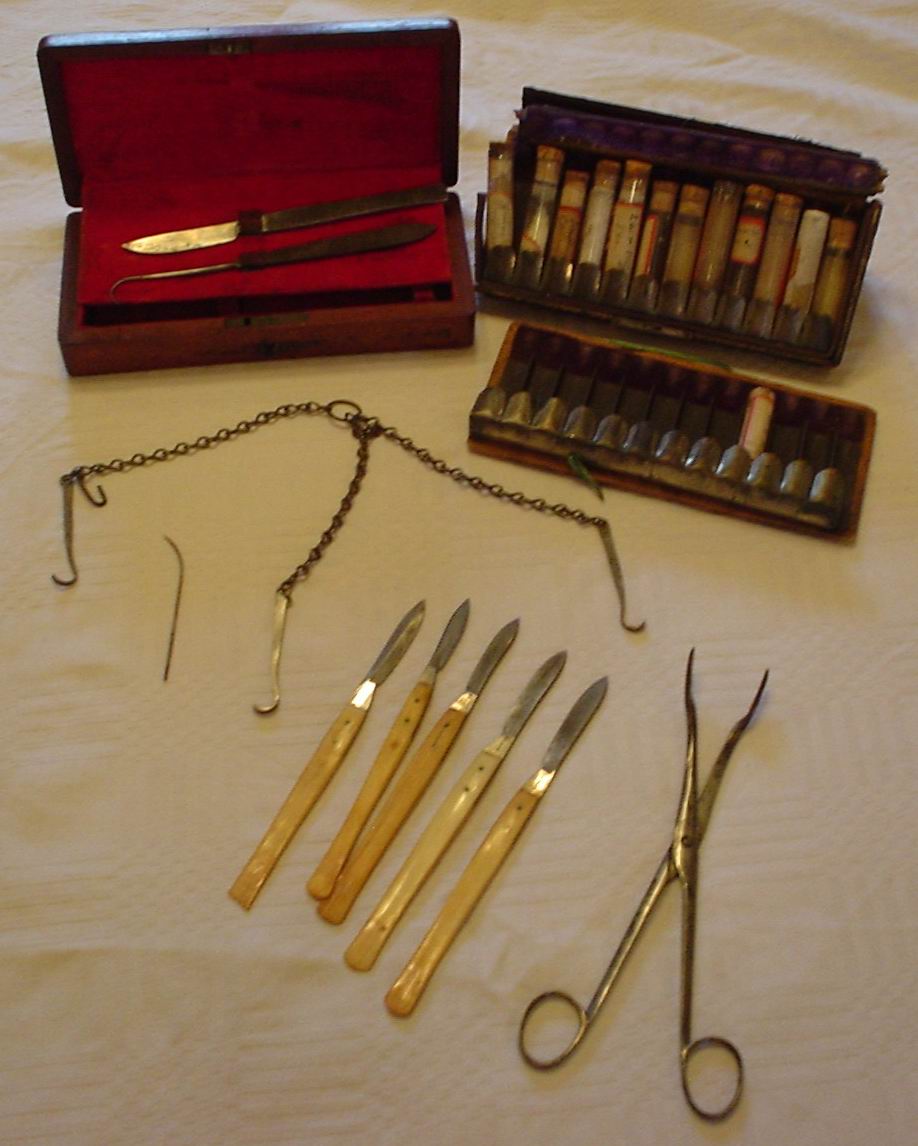|
PROFILE of JOHN READ BAILEY |
 |
| 8th MO Infantry (US) Company ? |
|
| |
|
PROFILE of JOHN READ BAILEY |
 |
| 8th MO Infantry (US) Company ? |
|
| |
From THE MEDICAL HISTORY OF MICHIGAN: VOLUME 2
compiled and edited by a committee, C.B. Burr, M.D., chairman,
and published under the auspices of the Michigan State Medical Society
(Printed by The Bruce Publishing Company, 1930)
Doctor John Read Bailey was born in New York City, July 23, 1833, and was the
oldest son of Captain Joseph H. Bailey, U. S. Army Medical Corps.
From 1834 to 1850 during the Florida and Mexican wars, his father was
stationed in Arkansas and Indian Territory. The family were on a
plantation worked by slaves near Fort Smith, Arkansas. From 1852 to 1854
they were at Fort Mackinac.
John Read Bailey graduated from the medical
department of the University of Michigan in 1854, and was appointed acting
assistant surgeon, U. S. Army, Fort Mackinac, and Indian physician,
Michilimackinac agency. Since 1854 he has been Post Surgeon over twenty
times; also at Fort Snelling, Minnesota, and Fort Hamilton, New York.
In June, 1861, he formed a company and "either with sword, musket or scalpel"
proffered to Governor Austin Blair of Michigan his services, which were accepted. Events
directed him to St. Louis, Missouri, to assist his mother in influencing
his father and brothers to side with the government, and father, four
sons and two sons-in-law served in the Union Army.
He was commissioned surgeon of the Eighth Missouri Infantry, and brevetted
lieutenant colonel, U. S. Volunteers; serving on the staff of General
William T. Sherman and others, and as chief of several general and many field
hospitals; was special medical purveyor of the Army of the Tennessee.
Dr. John R. Bailey was a resident of Mackinac Island for fifty years. He was
deeply interested in historical study particularly that pertaining to
Mackinac Island and contributed an interesting article on
"The Province of Michilimackinac." He wrote a book on "Old Mackinac" and
a story of the Indian Chief Blackbird.
His death occurred in 1910.
The above was found in the American Memory section of the Library of Congress Website: American Memory.